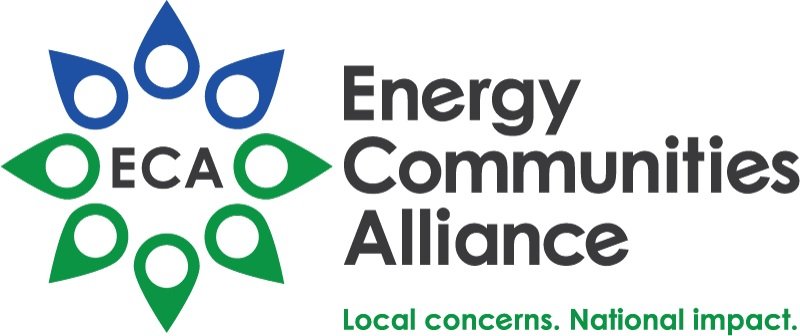PRESS RELEASE: HANFORD TANK WASTE MISSION TAKES ANOTHER STEP ORWARD AS WTP TESTING ADVANCES
The Hanford Site | May 27, 2025
RICHLAND, Wash. – The Department of Energy is advancing the Hanford tank waste mission by introducing key chemicals into the Waste Treatment and Immobilization Plant as part of ongoing cold commissioning testing. This represents another step toward solidifying Hanford tank waste in glass later this year.
“Our progress in cold commissioning is the result of decades of preparation, dedication, and collaboration between the Department and our contractor partners and is another step toward safely addressing Hanford tank waste,” said Brian Harkins, Hanford Field Office Acting Manager Brian Harkins.
With the introduction of ammonia and nitrous oxide-producing chemicals into the WTP melters to replicate tank waste, the Hanford team is ensuring systems are fully operational. Testing the plant and its systems with chemicals in simulated tank waste over the next few months is a key step in validating that all systems and equipment run safely and appropriately before nuclear waste components are introduced later this year. This achievement builds on significant progress over the last several years in the Direct-Feed Low-Activity Waste program across the Hanford Site.
“Leadership from DOE and strong partnerships with the trade unions, suppliers, regulators, other Hanford contractors, and local community have helped make this happen,” said Bechtel Project Director and Senior Vice President Brian Hartman. “We’re proud to be part of a mission that’s critical to the health of our community and the environment.”
Once full-scale operations begin, the plant will process an average of 5,300 gallons of tank waste per day, mixing the treated waste with glass-forming materials, heating it to 2,100 degrees Fahrenheit, and pouring it into stainless-steel containers for safe, long-term disposal. Approximately 3.5 containers, weighing a total of 21 metric tons, will be produced each day.
The plant facilities can be viewed using the self-guided Hanford Virtual Tour available at www.Hanford.gov.
###
The Department of Energy (DOE) is engaged in one of the great public works of this century at the Hanford Site near Richland, Washington. Responsible for the federal government’s cleanup of the legacy of more than 40 years of producing plutonium through the 1980s, DOE is transforming the site back into a 24/7 operations mode to treat tank waste from the production era. The DOE Hanford Field Office is responsible for the safe and efficient retrieval, treatment and disposal of the 56 million gallons of chemical and radioactive waste stored in Hanford’s underground tanks. The mission includes building and commissioning the world’s largest radioactive waste treatment plant, which will immobilize the legacy tank waste through vitrification. The DOE Hanford Field Office is also responsible for all remaining Hanford cleanup and is currently focused on stabilizing and demolishing former plutonium production structures, excavating and disposing of contaminated soil and waste, treating contaminated groundwater, and configuring Hanford Site infrastructure for the future, with an emphasis on supporting the tank waste mission. Hanford Site work is conducted by a federal and contractor workforce of approximately 13,000 personnel. Visit www.hanford.gov for more information about the Hanford Site.
